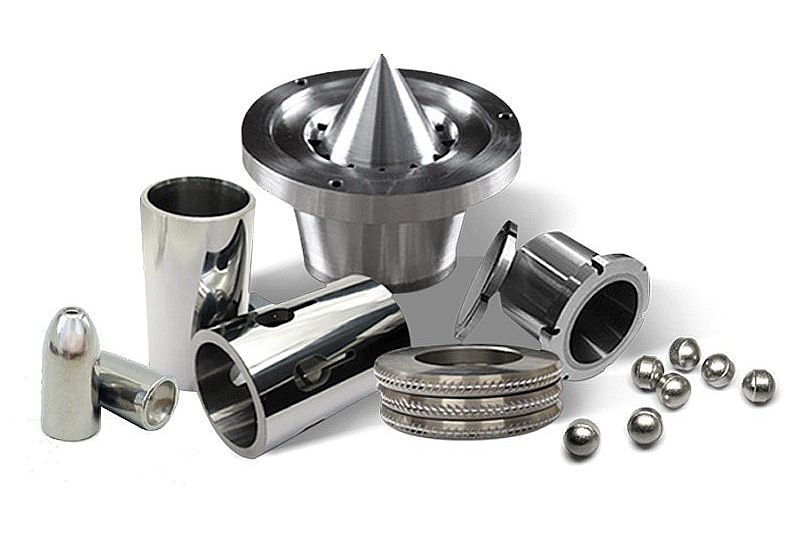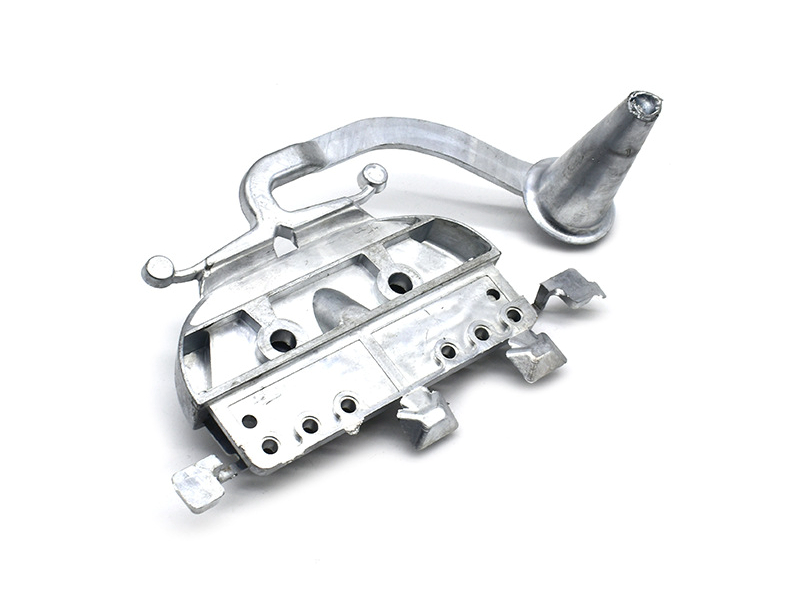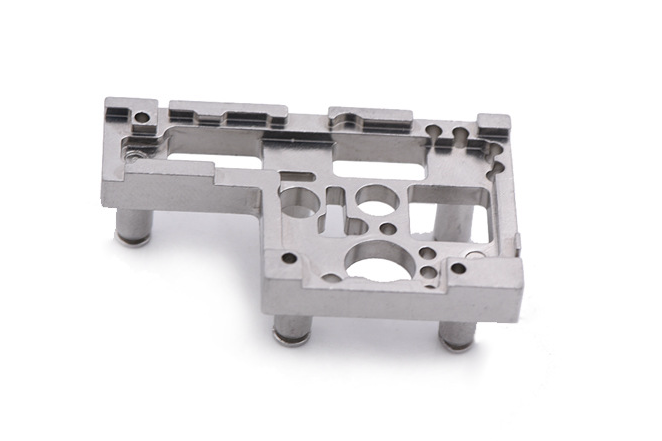What cost advantages does the MIM process offer compared with CNC machining?
Cost Advantages of MIM in Mass Production
In mass production, the primary cost advantage of metal injection molding (MIM) over traditional CNC machining stems from the ability to create near-net-shape geometry early in the process. Once the mold is built, each additional part is formed in seconds on a multi-cavity tool, while CNC machining continues to remove material and consume machine time for every single unit. For complex, small-to-medium metal components used in medical devices, consumer electronics, power tools, and locking systems, this shift in cost structure becomes very significant as volumes increase.
Per-Part Economics: MIM vs. CNC Machining
With CNC, cost scales almost linearly with cycle time: spindle hours, tool wear, and operator or automation overhead must be paid on every part. Fine details, undercuts, and multi-sided features often require multiple setups and special fixtures, further increasing machining time. By contrast, once a MIM tool is qualified, the feedstock is injected into a multi-cavity mold in a single shot. The debinding and sintering steps are batch processes, allowing hundreds or thousands of components to be processed together with minimal additional labor. As a result, the cost per part drops sharply when annual demand goes beyond a few thousand pieces, especially for geometries that would require extensive CNC machining, prototyping, and long cycle times if fully machined from bar stock.
Design Consolidation and Material Utilization
MIM also reduces total cost by consolidating what would traditionally be multiple machined and assembled components into a single net-shape part. Features such as internal slots, bosses, undercuts, and fine teeth can be formed in a single operation, eliminating the need for machining and assembly. This reduces part count, simplifies supply chains, and lowers labor costs associated with assembly. Material utilization is another key advantage: CNC machining begins with a solid block or bar, resulting in a large percentage of the material being converted into chips. MIM uses a precisely dosed feedstock based on alloys such as MIM 17-4 PH, MIM 316L, or high-performance systems like MIM Ti-6Al-4V, which are shaped with minimal waste. Less scrap directly translates into lower raw material cost, especially for expensive stainless steels, nickel alloys, and titanium alloys.
Quality, Consistency, and Downstream Savings
Because the MIM process uses a hardened mold, dimensional consistency between parts is very high once the tool is tuned. This reduces the amount of inspection and rework compared to multi-step CNC machining operations, where each setup introduces variation. Tight, repeatable tolerances can be maintained on critical features, while less critical surfaces often require no additional finishing. When enhanced mechanical properties or cosmetic performance are required, parts can be batch-processed through heat treatment, black oxide coating, or tumbling at a relatively low incremental cost per piece.
Where CNC Machining Remains Competitive
MIM does require upfront investment in tooling and a stable design. For very low volumes, frequent design changes, or very large components, CNC machining can still be more economical and flexible. Many projects at Neway begin with fast prototyping services that combine 3D printing and CNC machining to optimize geometry before committing to a dedicated MIM production route. Once annual demand and design stability are confirmed, migrating to MIM unlocks the full cost advantage in mass production.



